Is 2170 Tesla's Magic Number?
【Summary】A closer look at Tesla's Model 3 Battery Technology
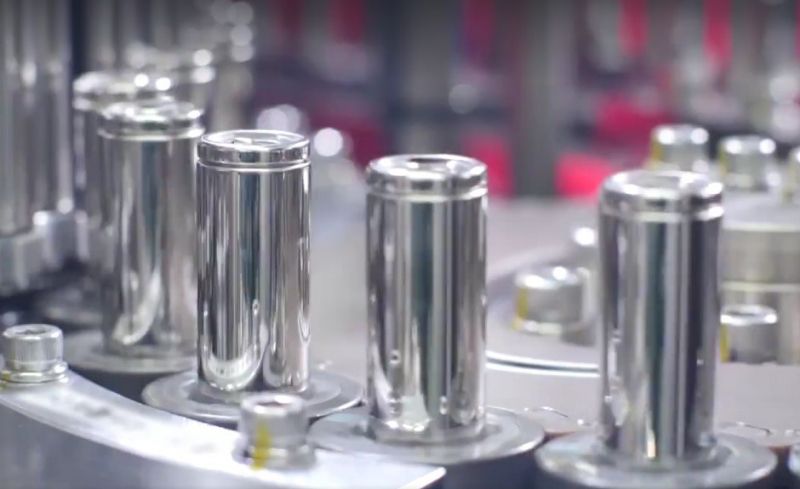
Tesla's electric vehicles (EVs) have carved out a niche for themselves in an industry infamous for high investment, low returns and startups that fail within years: So much so, that Bob Lutz once described Tesla as a cult!
Whether or not the brand deserves cult status, it's clear that these vehicles are very special, not only because of their green appeal, but also because on shear performance they can hold their own against the world's best legacy hyper-cars. After all, earlier this year a P100D Model S, in the aptly named ‘ludicrous' mode, was crowned the fastest accelerating production car in the world – beating out the Porsche 918, La Ferrari and even the Bugatti Chiron!
More recently, at the long awaited launch of the ‘bread and butter' Model 3, Elon Musk confirmed rumours that the mid-sized saloon was going to live up to its older sibling's reputation of being a street-scorcher: Accelerating from 0 to 60 Mph in a mere 5.1 seconds! To put this in perspective, the 2016 Mercedes C350e Plug-In Hybrid does 0-60 Mph in 5.9 seconds.
So, what gives the Model 3 its athletic prowess and stamina?
Unlike the Model S that uses an AC induction motor, the Model 3 is equipped with a more conventional, lower cost, 3 phase permanent magnet electric motor. At 258 horsepower the Model 3's rear-wheel-drive motor is less powerful than the standard Model S/X RWD motor, but the 3 has something that the older S and X models don't - The latest Li-ion battery technology co-developed with Panasonic.
In Tesla's EPA certification, the company discloses that the long range Model 3 battery pack is rated at 350 volts with a capacity of 230Ah, delivering 80.5 kWh, which is good for a range of about 310 miles.
Although the EPA hasn't published a similar document online for the standard Model 3, Musk tweeted that the standard version would be "just over 50 kWh" with a 220-mile range and a 0-60 time of 5.6 seconds.
What about the competition?
In a market void of competition it's difficult to find similar vehicles against which to benchmark the Model 3, but seeing as the press has on numerous occasions compared the Tesla to the Chevy Bolt, that's probably a good place to start.
Firstly the baseline costs are similar, with the Bolt starting at $37,495 with a 60kWh battery pack, which delivers an impressive range of 238 miles; although it's worth remembering that the smaller Bolt is also 257 pounds lighter than the baseline Model 3. Notwithstanding its weight advantage the Chevy is almost 2 seconds slower than the Tesla when accelerating to 60 Mph.
Digging a little deeper reveals some interesting facts about the Bolt's battery, which is supplied by LG Chem: The replacement cost for the 60kWh unit is $15,734.29, equating to $262/ kWh, although GM claim a cell cost of about $135/kWh. Tesla on the other hand, have set their sights on $150/kWh for the battery pack which undercuts the LG product by a good $112. And not only is the Tesla battery cheaper than the Bolt's, but with a power density of 250Wh/kg, also offers an 81% improvement over the 137.6Wh/kg unit in the Chevy.
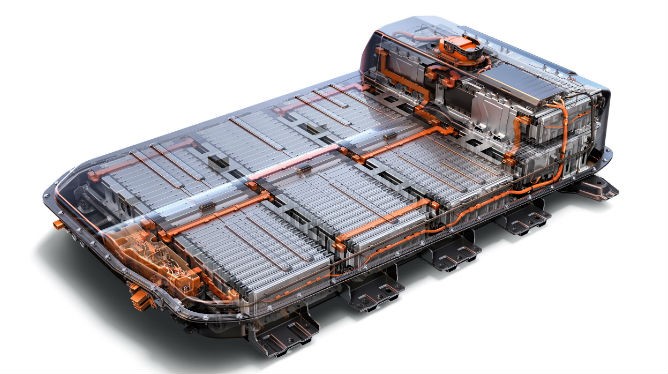
Image Source: CleanTechnica
Looking at these figures it's clear that Tesla has taken a quantum leap forward in battery technology, but what's the secret?
New generation Li-ion cell doubles the level of charge
The commercial and industrial battery cell of choice for the last few years has been the venerable 18650, measuring 65mm long with a nominal diameter of 18mm.
These 18650 cells have an energy capacity ranging between 1500 and 3000mAh and an energy density of around 250Wh/kg. While the cells have performed well in most EV applications engineers have struggled to increase the energy density beyond these levels.
The thicker, longer 2170, named for its approximate 21mm diameter and 70mm length, has significantly improved on the 18650's energy density: Whereas the 18650 with a volume of 66cm3 achieves a maximum electric charge of around 3000mAh, the 97cm3 volume of a 2170 has been tested at about 5750 to 6000mAh, thus doubling the level of charge for a 50 per cent increase in volume.
That's an enormous increase in volumetric energy density, and is what fuels the model 3 and allows Tesla's new Powerwall 2 battery pack to boast twice the energy despite being more compact than the original.
But it's not the physical dimensions that produce these impressive results, there has to be an improvement in the chemistry; possibly linked to the research of Jeff Dahn, a renowned battery researcher and the leader of Tesla's research partnership at Dalhousie University. Dahn's research has focused on increasing energy density and durability by optimizing the chemistry of NMC Li-ion in order to limit the gasses generated by the cells when operating at high voltage.
In a recent earnings call with Tesla company investors and analysts, Musk claimed that the 2170 had the best energy density of any currently produced battery cell, beating out the 18650 that Tesla has used in its road-going pure electric cars since the Roadster of 2008 and in its original Powerwall home battery.
The 2170, co-developed with Tesla's close working partner Panasonic, with whom it also collaborated on the Gigafactory in Nevada, is also the cheapest battery cell currently produced according to Musk.
Being the cheapest cell with the highest density is a coup for Tesla, and has huge implications for industries outside the company's current automotive and home energy storage applications.
Lowering the cost of battery production, too, is what will allow Tesla to make money from its $35,000 (for the baseline model) Model 3 mass-market electric car. Battery packs for the Model S and Model X are currently estimated to be in the region of USD150-USD190/kWh, and Musk has previously said that the company needs to push costs down to $100/kWh for the Model 3 to be profitable. In light of this, the 2170 cell produced in the Gigafactory is particularly important if Tesla is to achieve its targeted 25% gross margin on the vehicle.
For example, at $150 per kWh, the Model 3 battery packs would cost between $7,500 and $11,250 per vehicle, with a few dollars difference per kWh or a few kWh difference per battery capacity having a significant impact on the cost of the car.
Waiting in the wings
Just days before Tesla released the official details of the Model 3, including battery pack sizes and their respective driving range, a new rumor emerged hinting at a new "44160" lithium ion battery cell being developed.
The news was shared by Ben Sullins of Teslanomics who received an insider tip that Tesla was working on a significantly larger cylindrical battery cell; roughly 44mm in diameter and 160mm in height, also known as a 44160 cell. Although initial speculation was that the new cells were destined for the Model 3 battery packs this was soon ruled out with the release of the EPA submission.
Notwithstanding the impressive gains made by Tesla, the consensus view of EV manufacturers is that storage batteries are on a journey of transformation: From the current Li-ion battery, to advanced cathode chemistries and eventually all-solid-state batteries.
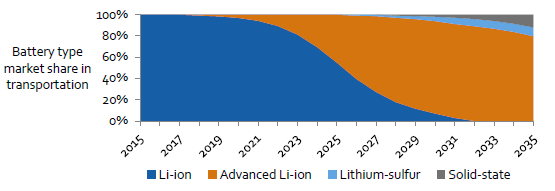
Image Source: Luxresearch (Report on The Next-Generation Battery Roadmap)
With Musk about to announce an all-electric semi-truck in the coming months, it will be interesting to see whether the 2170 cell is replaced by a 44160, or whether Tesla opt for one of the emerging cathode technologies, possibly applied to an existing cell format.
-

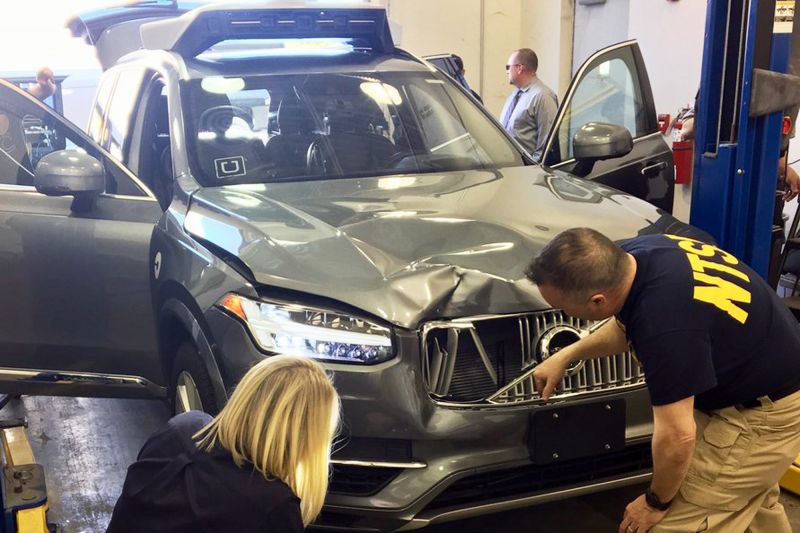
FEATURED COVERAGE: Testing Autonomous Vehicles to Save Lives in the Wake of Recent Accidents
-

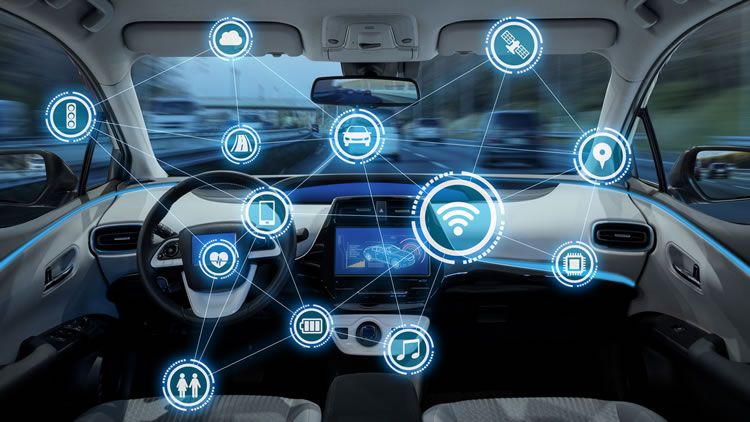
SPECIAL FEATURE: 5G Will Revolutionize Cars and the Networks That Support Them
-

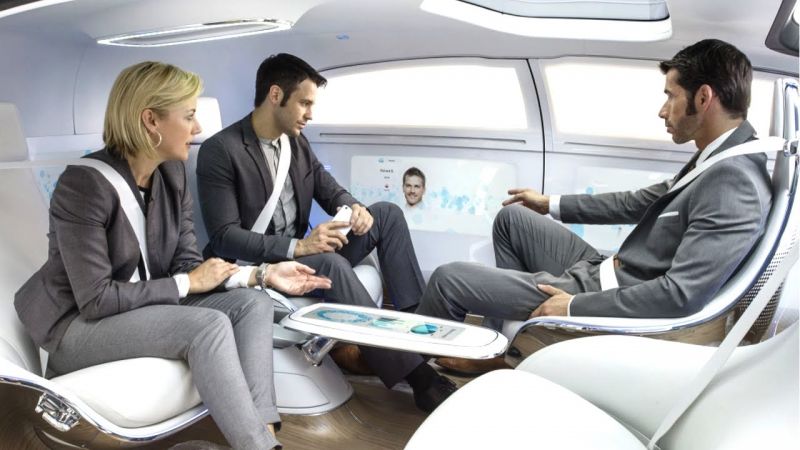
SPECIAL FEATURE: Unraveling the DNA of the Car of the Future, Part Three
-

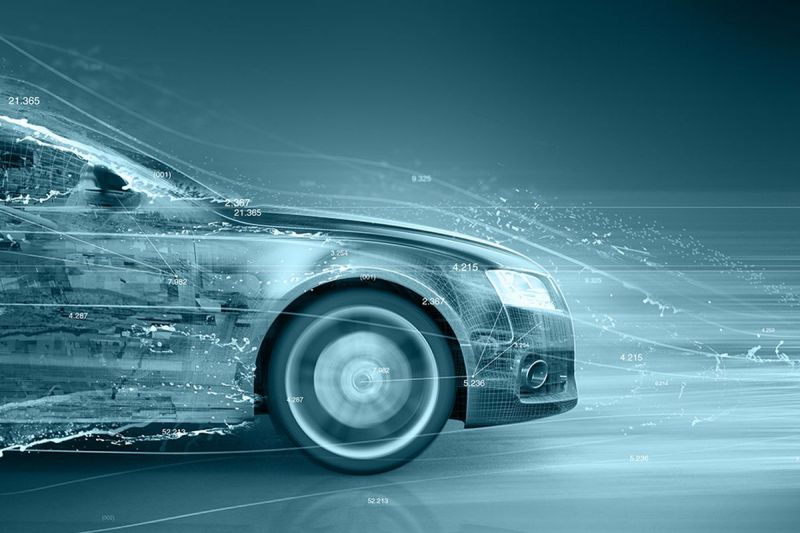
SPECIAL FEATURE: Unraveling the DNA of the Car of the Future, Part Two
-


Sensors give smart cars a sixth sense
-


The give and take of EV charging
-

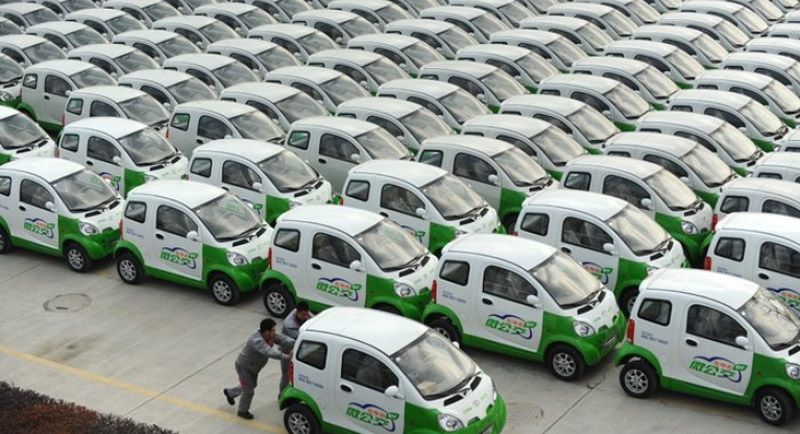
Is China’s NEV Program a Step Too Far?
-


48 Volt: Life-Support for the Internal Combustion Engine
- Tesla Rival XPeng and Alibaba Cloud Set Up China’s Largest Cloud-Based Computing Center to Train Machine Learning Models for Autonomous Driving
- GM's Cruise Becomes First Company to Receive Permit to Charge for Autonomous Rides
- Tesla Sells 100,291 China-Built Vehicles in November, a Record High
- Polestar Shares the First Image of the Polestar 3 Electric SUV Ahead of its October Debut
- GM Offering to Buy Out Buick Dealers That Don’t Want to Sell EVs
- General Motors is Building a Coast-to-Coast DC Fast EV Charging Network in the U.S. in a New Partnership with Travel Center Operator Pilot Company
- Prices For Used EVs Continue to Rise as Gas Cars Drop
- China’s Geely Launches the First of 9 Low Earth Orbit Satellites That Will Help Guide its Autonomous Cars
- Ralph Nader Calls for NHTSA to Remove Tesla Full Self-Driving
- Shares of Volvo’s EV Brand Polestar to Begin Trading on the NASDAQ After Closing on its SPAC Deal With Gores Guggenheim











 About Us
About Us Contact Us
Contact Us Careers
Careers